Take the Poll | Join our Discussion
sponsored by

Identifying Maintenance Needs
In a modern factory, robots perform manufacturing tasks with a speed and accuracy that human workers could never achieve; however, keeping this high-precision machinery performing at the highest level has almost become an industry in itself. Maintenance has traditionally been performed by humans, skilled engineers who inspect equipment in search of component wear and other abnormalities. Worn, underperforming, or obsolete components are replaced, as well as those nearing the end of service life. The goal is to prevent diminished performance or unexpected equipment downtime by identifying any parts that might potentially fail, and repairing or replacing them. Regularly scheduled inspections are key to an effective preventive maintenance strategy.
What Is Predictive Maintenance?
While preventive maintenance largely relies on humans, predictive maintenance is dependent on the sensors that monitor the equipment. With the growth of the Industrial Internet of Things (IIoT), equipment is increasingly connected to backend servers and the cloud. Sensors built into the equipment monitor characteristics such as temperature, vibration, insulation, and current, sending their readings to servers that use data analysis tools to detect anomalies and possible defects. Advancements in data analysis tools and techniques include data modeling, visualization, machine learning (ML), and artificial intelligence (AI) all assist in predictive maintenance.
Figure 1 illustrates an end-to-end on-site predictive maintenance system.
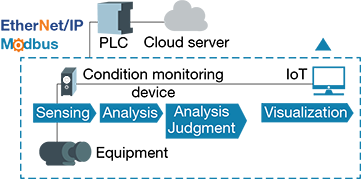
Figure 1: Predictive Maintenance System
Preventive Maintenance vs. Predictive Maintenance
While preventive maintenance can be an effective strategy, its main disadvantage is the lack of 24/7 monitoring. Engineers can only inspect equipment at scheduled intervals, often having to shut down the system to do so. Components that unexpectedly fail in between inspections could go undetected. Engineers might also miss key signs of failure, or prematurely replace equipment to avoid failures.
Implementing a predictive maintenance strategy ensures that equipment is being monitored 24/7. Anomalies can be detected in real-time via data analysis, and engineers are notified of any potential issues well in advance of equipment failure. Predictive maintenance minimizes downtime, while cutting overall costs.
Artificial Intelligence
The objective of predictive maintenance is to convert the vast volumes of data generated by the sensors on the equipment into actionable information. Machine learning (ML) is a methodology within Artificial Intelligence that focuses on analyzing data in order to create a mathematical model of the system. When fresh data is input into this model, it returns information about asset health, remaining lifetime, and any other relevant status or prediction.
There are two types of ML: supervised learning and unsupervised learning.
With supervised ML, the model is trained in a defined manner, using data that has been manually categorized. When new data is input, the model acts on it, typically using classification or regression. With classification, the software attempts to categorize new data based on the observations made on the old data in the model. With the right type of data, such as temperature values over a range of time, new temperature readings could show that the equipment is healthy or not healthy. Regression uses a range of data points, such as temperature data as workload increases, to return a continuous output in the form of a trend. The trend can determine how the system is changing, in order to predict how it might react going forward. Regression can be helpful in estimating time to failure and the useful lifetime of an asset.
Unsupervised ML algorithms work with data that has not been categorized. The algorithms sort through the data looking for patterns, which might lead to valuable insights. In a shipping facility, it may be discovered that a robot that stacks shelves has elevated mechanical vibration periodically during the day. Additional data might reveal that when the robot reaches for the highest shelves, the extension of the arm creates additional torque, straining the motors and increasing vibration. While this does not indicate a defect in the robot, changing the angle at which the robot approaches the top shelves, or limiting the height the robot reaches, might be recommended in order to increase overall stability.
While human engineers ultimately make the final decisions, AI algorithms have the ability to sort through millions of data points in real time, presenting only the relevant data and insights. The more data points that exist, the better the AI works.
Legacy Equipment
Factories typically rely on custom-built equipment that represent a significant investment. In most cases, this legacy equipment has not been designed for connectivity. Because replacing legacy equipment would be extremely expensive, and in some cases, impossible, manufacturers are modernizing via retrofitted solutions. In many cases, sensors and connectivity can be added to legacy assets with little or no equipment modification.
Predictive Maintenance Solutions from Omron
Omron Automation has created several turnkey solutions equipped with IIoT capabilities and the intelligence to monitor conditions for a variety of industrial applications.
K6CM Motor Condition Monitoring Device
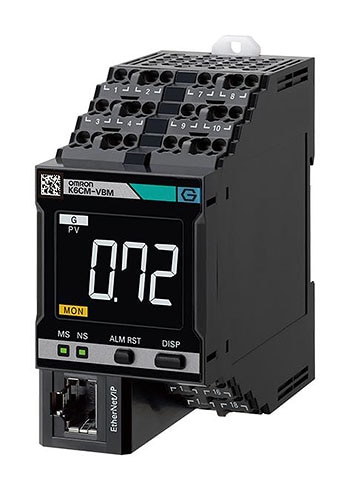
Figure 2: Omron K6CM Motor Condition Monitoring Device
Buy Now
The K6CM is a device designed to monitor the status of three-phase induction motors. Depending on the model selected, conditions such as vibration, temperature , and insulation resistance can be monitored. There is also a model that performs motor current analysis . Built-in Ethernet/IP and Modbus TCP allow communication with external devices, as well as remote monitoring. The K6CM guards against motor failure by monitoring a motor’s status 24/7 and alerting users of abnormalities. Omron’s software tool provides trending analysis with the ability to monitor up to 10 motors.
S8VK-X Switch Mode Power Supply
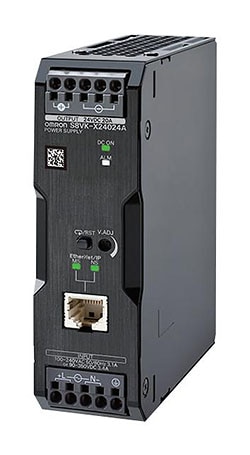
Figure 3: Omron S8VK-X24024A-EIP Switch Mode Power Supply
Buy Now
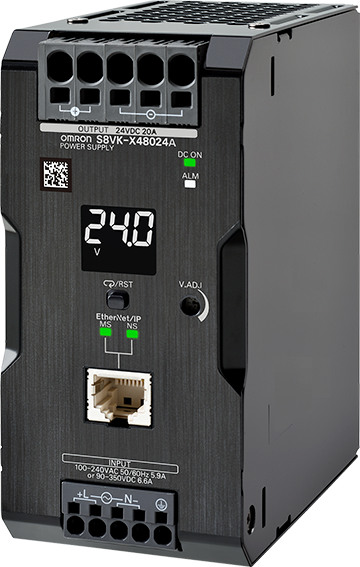
Figure 4: Omron S8VK-X48024A Switch Mode Power Supply
Buy Now
The S8VK-X is a DIN rail power supply with internal condition monitoring providing real-time data regarding power supply life, voltage, current, and peak current. Communication is enabled via Ethernet/IP and Modbus TCP, and Omron’s monitoring software can enables remote monitoring of multiple units.
K7GE Motor Insulation Resistance Monitor
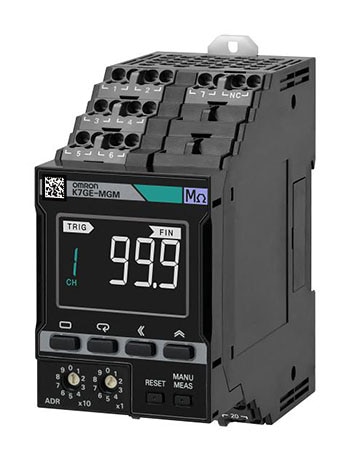
Figure 5: K7GE Motor Insulation Resistance Monitor
Buy Now
The K7GE is a DIN-rail mounted monitor that is designed to detect insulation breakdown of single-phase, three-phase, and servo motors when installed in environmentally compromised conditions. The K7GE allows remote monitoring via RS-485 serial connection and includes PC monitoring software.
K6PM Thermal Condition Monitor
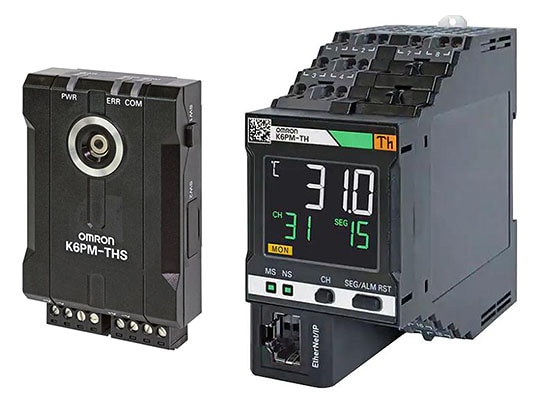
Figure 6: Omron K6PM-THS Thermal Camera and K6PM Thermal Condition Monitor
Buy Now
The K6PM is a compact thermal condition monitor that uses a thermal imaging camera to monitor the temperature of critical components within its field of view, such as high voltage control panels, transformers, hydraulic equipment, data centers, and more. The K6PM enables the user to monitor components in real-time and at a safe distance. The K6PM can even predict a thermal event of concern up to an hour in advance. The K6PM also features Ethernet IP/Modbus TCP communications for remote monitoring, and includes algorithms and monitoring software for detecting abnormalities in thermal conditions.
Predictive Maintenance
Shop our wide variety of Predictive Maintenance Devices by Omron.
Don't forget to take our poll.
Applications
Electric Motor Condition Monitoring
To prevent motor failure, a leading beverage company manually inspected its bottling line motors at three and six-month intervals, in addition to overhauling motors once a year. The leading cause of failure in three-phase motors is worn components, and the company’s engineers kept the machines running by regularly replacing components. This preventive maintenance strategy was expensive, however, and did not always eliminate unplanned downtime.
Figure 7 illustrates a K6CM-C12M current analysis model retrofitted to a motor.
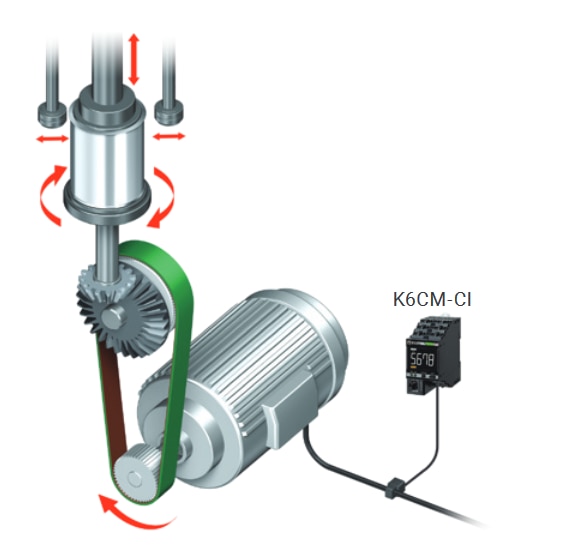
Figure 7: K6CM-CI Retrofitted to a Motor
The motor was retrofitted with a current transformer that allowed an AI algorithm to monitor the current in real-time, performing distortion analysis, detecting abnormalities, and analyzing the failure mode. With this predictive maintenance solution, the company was able to eliminate the time-consuming inspections, instead relying on alerts that signal service requirements. Additional costs were reduced when they discovered that rubber gasket failures could be detected early and the gaskets could be replaced before foreign matter contaminated products.
Recirculating Pump Condition Monitoring
Industrial recirculating pumps typically run 24/7. A water treatment plant relied on manual inspections to check motors in its pump; however, detailed inspections were not possible without shutting down the pump. Because the recirculating pump was required to run continuously, scheduling regular inspections was extremely difficult.
Figure 8 illustrates a K6CM-VBM vibration/temperature model retrofitted to a recirculating pump.
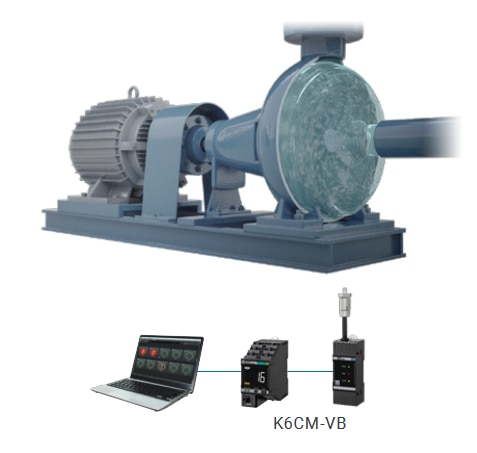
Figure 8: K6CM-VB Retrofitted to a Recirculating Pump
The recirculating pump was retrofitted with a vibration sensor, which allowed vibration readings to be analyzed by AI. Engineers were able to monitor pump health remotely, and the software sent out alerts when abnormal vibrations were detected. This allowed the company to forgo regular inspections, while maintaining 24/7 real-time monitoring of the system.
Figure 9 is a chart showing the measurement of vibrations over time, showing the point in time where maintenance was required.
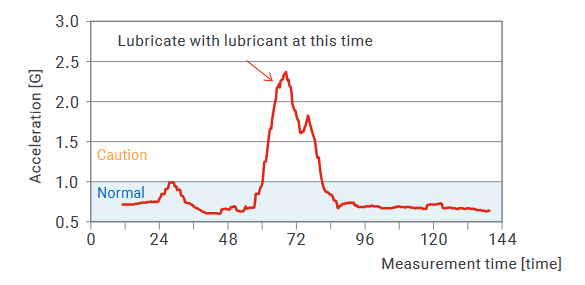
Figure 9: Vibrations measured for early detection of abnormal conditions
Hydraulic System Condition Monitoring
Many industrial machines rely on hydraulic valves for their heavy lifting. When the hydraulic fluid flowing through the valves is contaminated by debris, the operating temperature often increases. Typically, engineers carry out scheduled manual thermal inspections to check for abnormal heat; however, since debris can unexpectedly contaminate valves at any time, implementing 24/7 monitoring would be the ideal solution.
Figure 10 illustrates a K6PM-TH thermal monitor retrofitted to a hydraulic press.
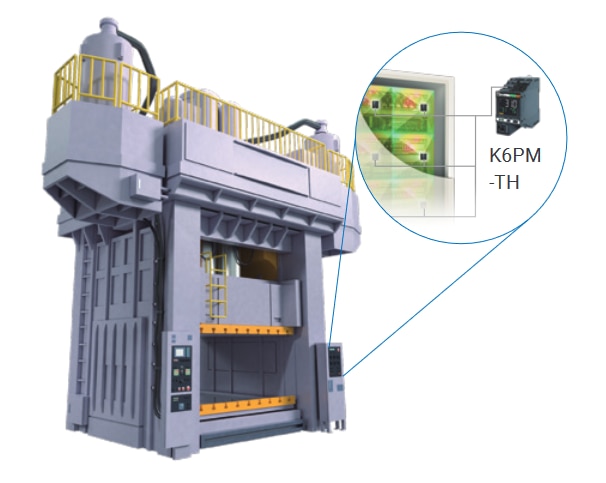
Figure 10: K6PM Monitoring Thermal Conditions of a Hydraulic Valve
A leading auto manufacturer retrofitted its body panel hydraulic presses with thermal image sensors, monitoring the temperature of the hydraulic valve. This data was analyzed by AI, and abnormal increases in surface temperature generated automatic alerts notifying the maintenance engineers. This predictive maintenance solution reduced overall costs and increased machine availability.
Summing Up: Using AI to Predict Maintenance Needs
Until recently, manufacturers relied on preventive maintenance to keep their equipment running; however, recent advances in connectivity and artificial intelligence have made predictive maintenance solutions possible. Predictive maintenance solutions monitor equipment via sensors, and use AI to determine when a machine might need maintenance. Integrating a predictive maintenance solution enables companies to implement 24/7 monitoring solutions that can ultimately reduce downtime, along with overall costs.

-

dougw
-
Cancel
-
Vote Up
0
Vote Down
-
-
Sign in to reply
-
More
-
Cancel
Comment-

dougw
-
Cancel
-
Vote Up
0
Vote Down
-
-
Sign in to reply
-
More
-
Cancel
Children